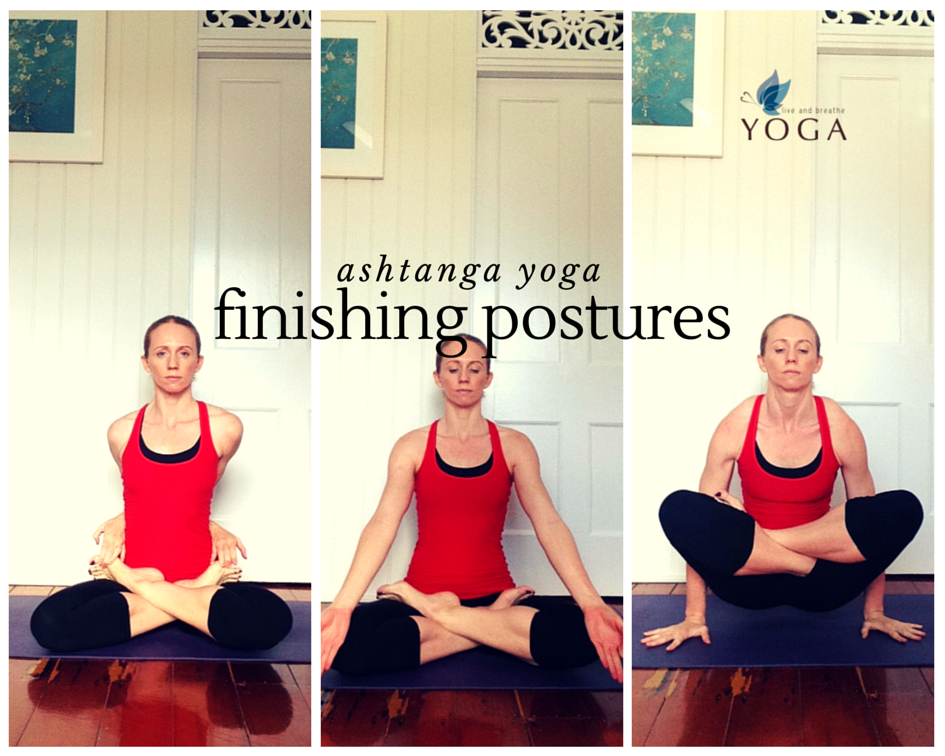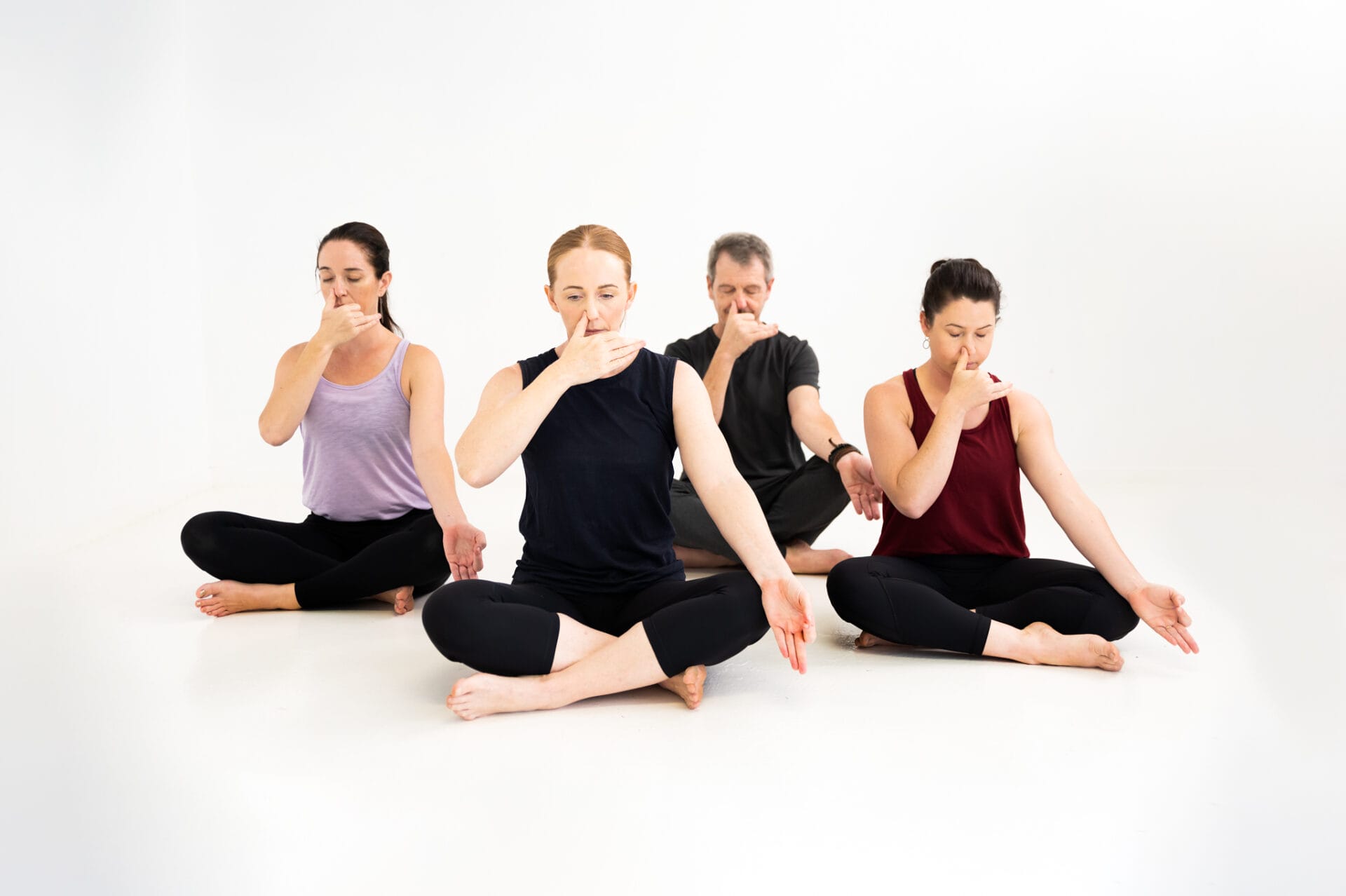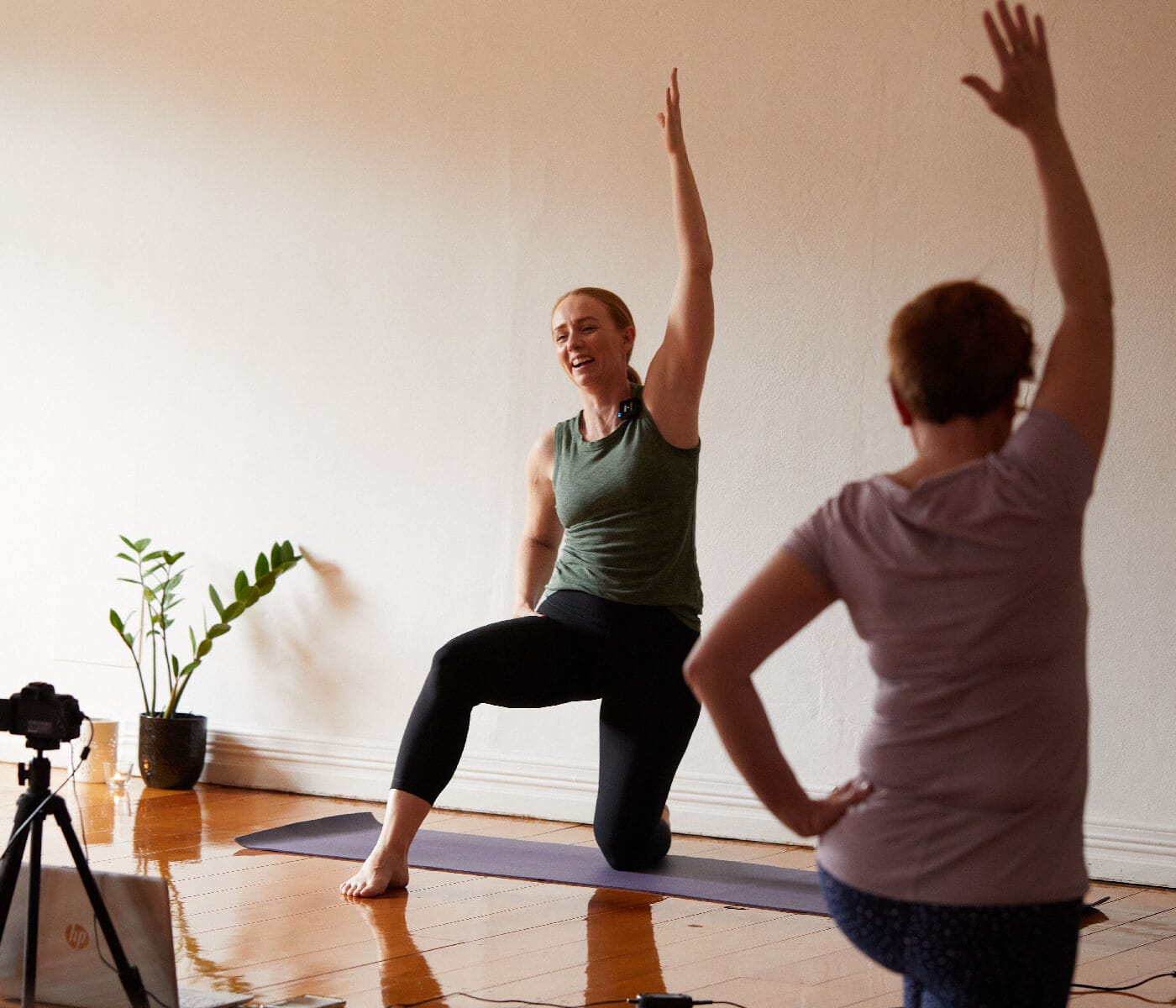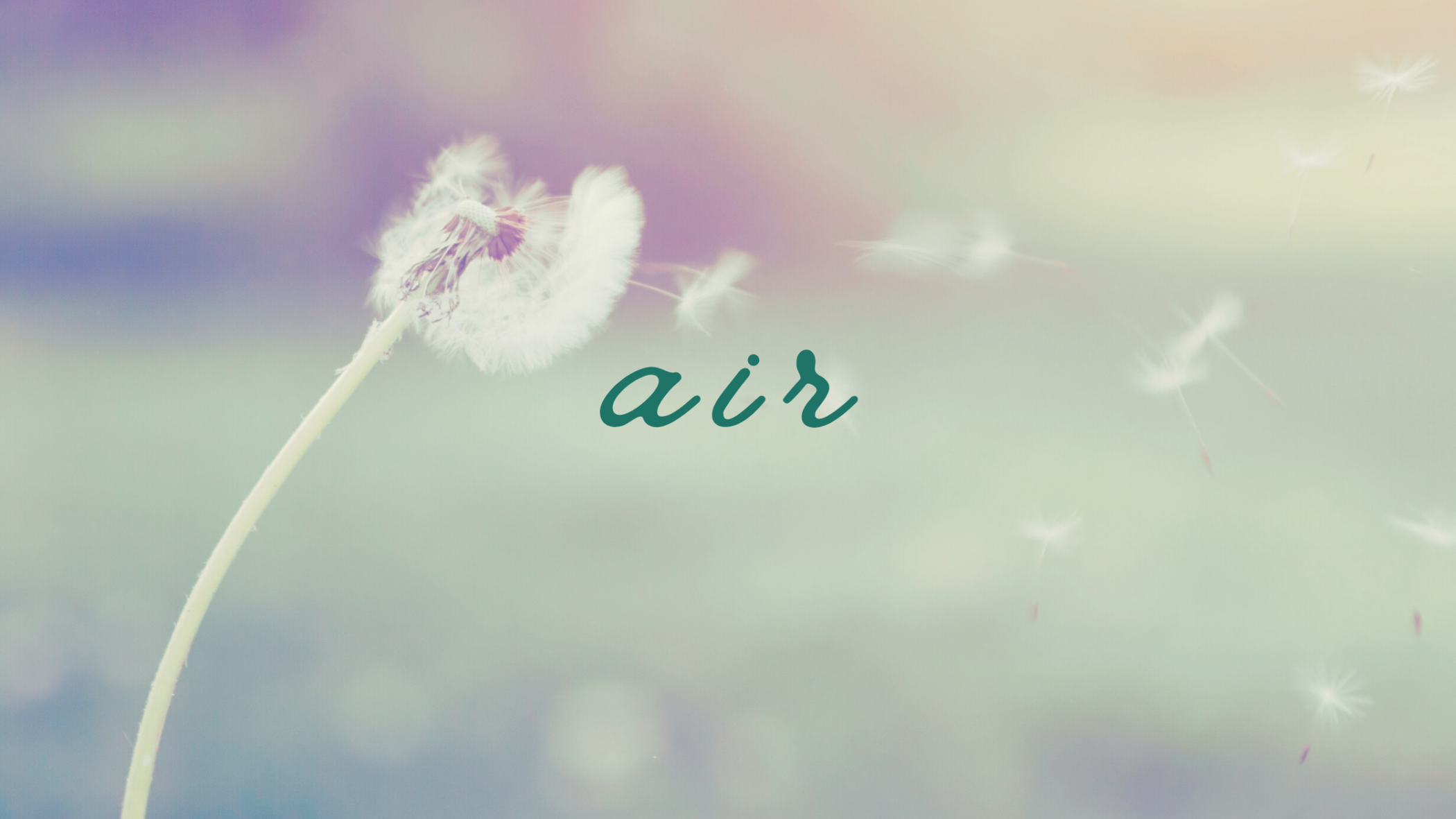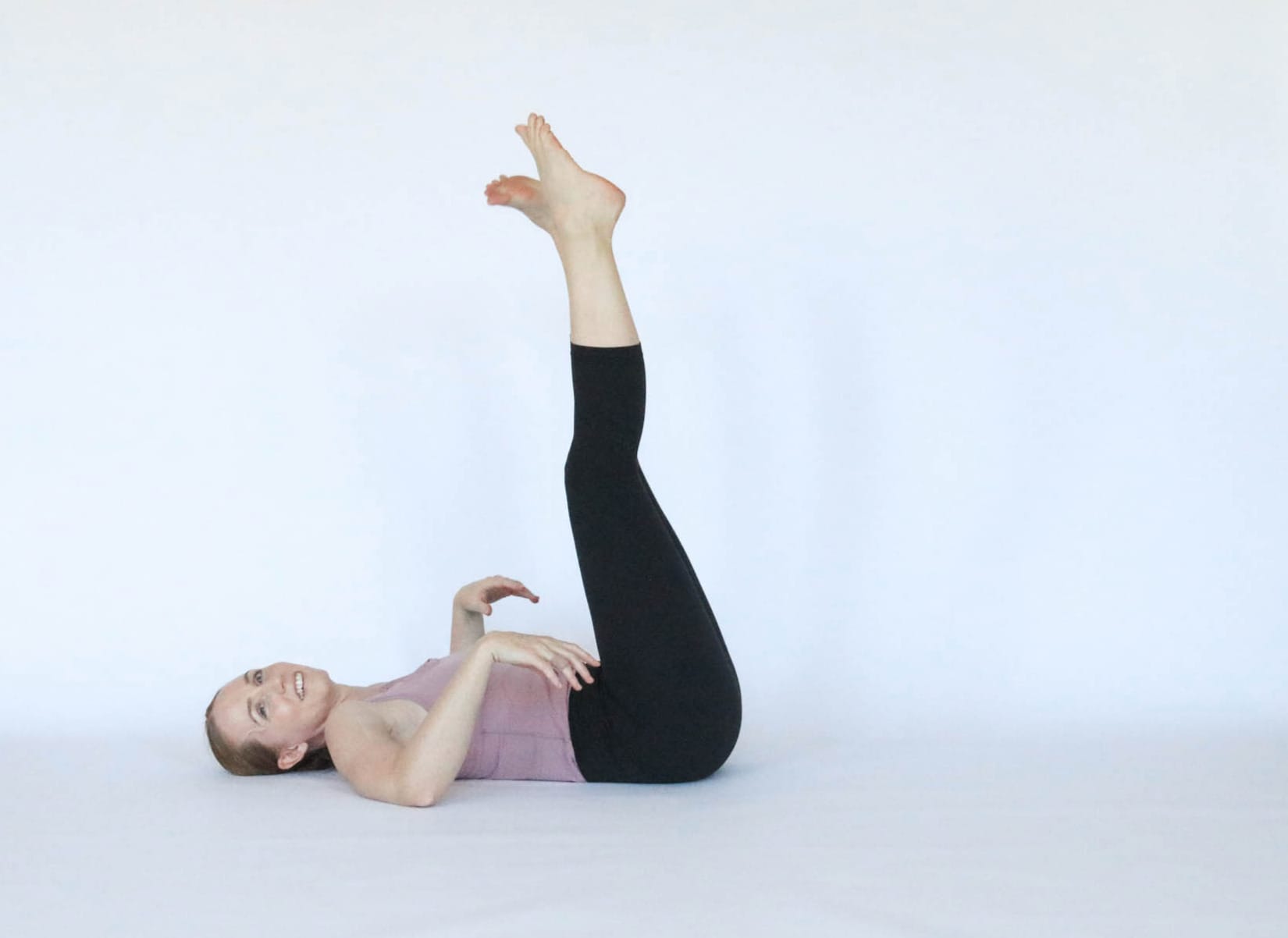The last three postures of the ashtanga yoga practice are just as important and the Sun salutations in the beginning. When we start practising ashtanga yoga we often just learn the sun salutations and then these three finishing postures. Yep that’s it to begin with. And if you are time poor, this is also a great wee practice to do. So I thought I would give a few tips on these last three postures that seal all the benefits of our ashtanga yoga practice. These are often skipped through and or rushed. Don’t hurry these please.
“The intention of these postures is to complete the ritual of the ashtanga yoga practice and turn the full attention of the mind inward.” Kino MacGregor, The Power of Ashtanga Yoga
1. Baddha padmasana / Yoga mudra
This posture comes in two parts. The first part, Baddha Padmasana, is to sit in lotus (right foot then left), half lotus or simple cross legged position. If you are in lotus try to grab your feet by crossing your arms behind your back (left hand to left foot and then right hand to right foot). If you are in half lotus or cross-legged position then just grab your wrists or elbows behind your back. This is also an option if you are in louts but are unable to bind your hands just yet. Once bound, then take the second part, or Yoga Mudra by folding forward as far as you can. If you are tight and can only go forward a little, try resting your forehead on a block. Eventually we are trying to rest our chin on the mat in front of us. If in lotus (padmasana), then gently press your heels into your belly. Hold for ten deep breaths focussing on mula and uddiyana bandha and gazing at the tip of your nose.
Only do any of this if it feels ok on your knees (like I always say in class, your knees are precious and very expensive to fix!)
2. Padmasana
This posture is the culmination of all the postures before. It tests your ability to sit still and strengthens your intention within the ashtanga yoga system. It is the gateway posture into deeper forms of pranayama and meditation practices. Inhale and sit up straight from Yoga Mudra and take your hands onto your knees, with the thumb and first finger pressing, while straightening the other three fingers. This hand position (mudra) has a lot of meaning and is not to be performed flippantly or without care. The connection of the thumb and first finger signifies the connection of yourself with the universe, reminding us we are all one. The other three fingers signify our endeavour to master or balance the three gunas (rajas, tamas, and sattva) or the three states of nature that are in constant state of change.
Here is a perfect opportunity to ‘still the waters’ and focus on our breath. Engage mula and uddiyana bandhas and gaze at the tip of the nose. Hold for ten deep breaths. Resist the urge to fidget, fix your hair, wriggle or scratch!
3. Uth plutihih
This posture tests your strength and endurance in body and in mind. It seems impossible at first but with practice anyone can gain the benefits of this wonderful posture. The body is said to be supercharged with prana or energy by the end of practice and this posture uses that newly cultivated energy. Place your hands flat on the floor in front of the hips, draw up into mula and uddiyana bandha. As you inhale, lift the entire body up with your hands pressing into the floor. If you are not in full lotus, you can use your crossed feet to help with the lift but eventually work towards lifting the feet also. Do not breathe too quickly here. Take your time and breathe the same way you have been through your entire practice. Don’t give up! Just when you think you need to come down, stay up for one more breath…you may surprise yourself. Hold up for ten deep breaths, gazing at the tip of your nose. Relax your face, maybe even smile.
I was in a class with Kino MacGregor in London many years ago and I remember her saying that the quality of your relaxation is directly linked to how hard you work in Uth Plutihih. The more you focus in this last position, the deeper and more blissful your relaxation at the end.
Enjoy your practice and let me know how you go!
~Allison
.

